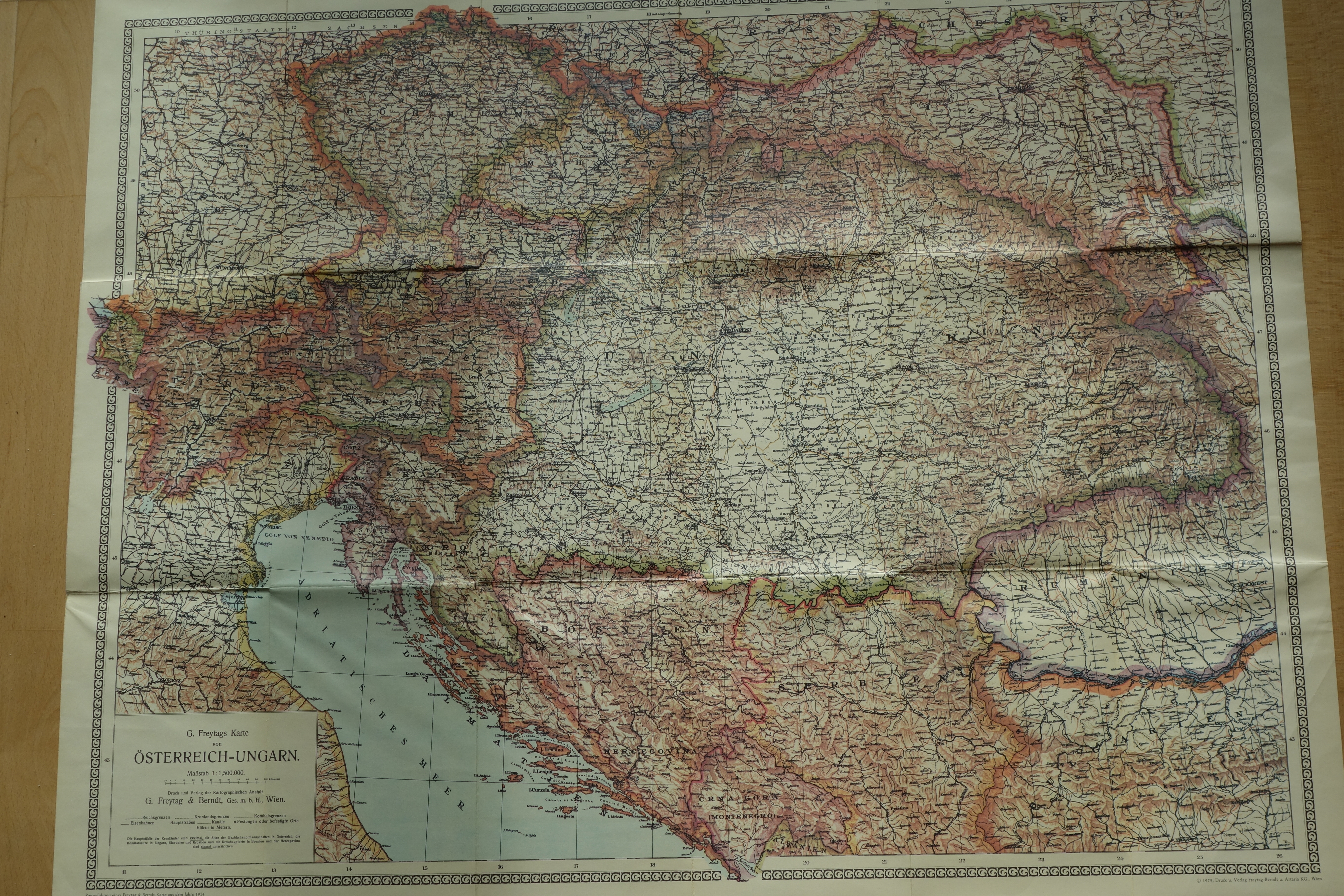THE DIVISION OF EUROPE INTO EAST AND WEST

Map of the Austro-Hungarian Monarchy, Archive S.Wurm
Curiously, one of the things that Europeans have long shared, that has bound them together is a sense of their divisions. The east – west distinction was remarkably well established at a very early time in history. It is sometimes supposed today that the line dividing Eastern from Western Europe was an artificial creation of the Cold War, but that is not so. The division of the continent started with the break-up of the Roman Empire into two distinct parts in the 4th century AD. The emergence of the Carolingian Monarchy reinforced the division by giving the hitherto anarchic western part distinction and enduring frontiers. Charlemagne’s 9th century empire corresponded, curiously enough, with precision the post-war “Europe of Six”; it just left out central and southern Italy and Catalonia. The eastern boundaries of the Carolingian Empire were still imprecise just as the northern borders of Byzantium, but by the 14th century the east-west distinction was well established. Although partly based on prejudices, historical documents confirmed that invisible line that separated east from west. Conradus Celtis in the 15th century recorded a sentiment that was wide-spread in Western Europe since the 10th century: Where the Roman/Carolingian, Lothringian and Hohenzollern empires ended, there ended Europe. An Englishman travelling the Habsburg lands in 1669, Edward Brown, remarked upon entering Hungary that he left his world and entered a land quite different from western countries. Long after the Habsburgs had established effective authority over territories stretching well into today’s Ukraine, Metternich spoke of “Asia beginning at the Landstrasse [a street in the eastern part of Vienna then]”. …
